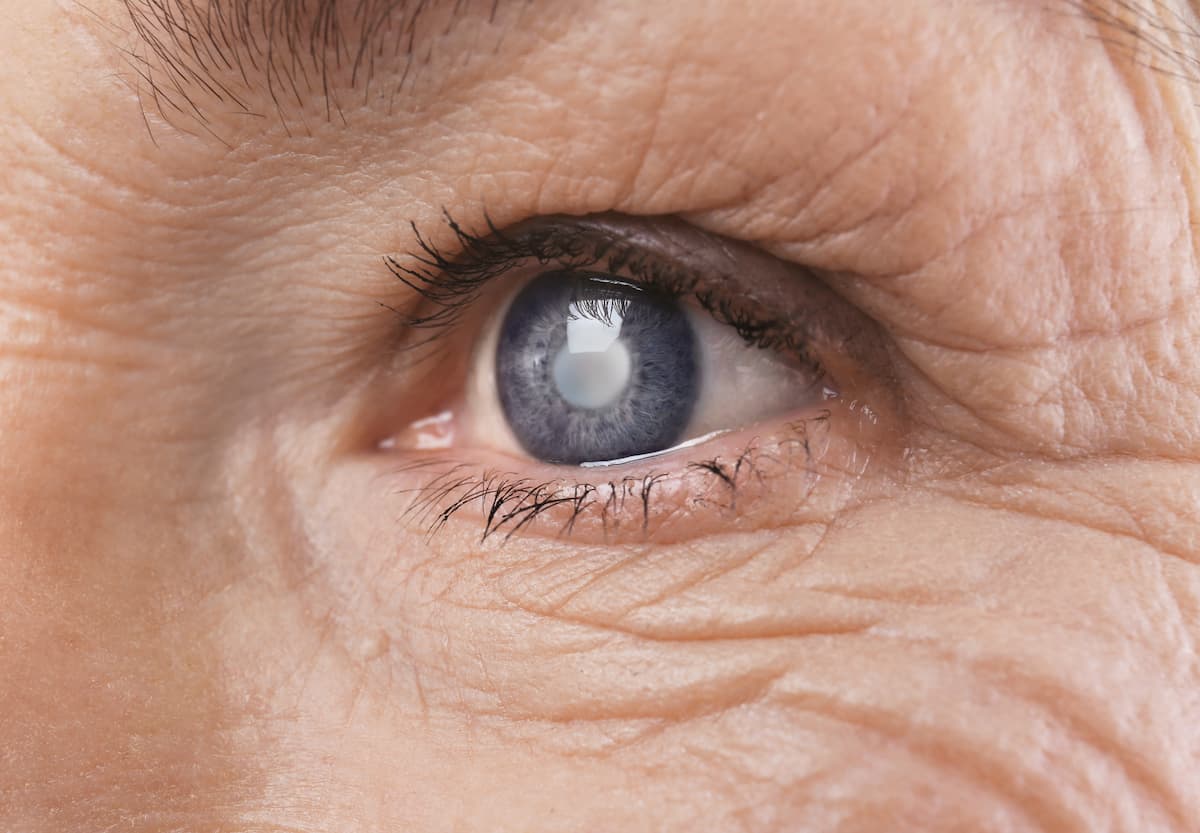Cataracts
If you're over the age of 60, you may have noticed cloudiness in your vision even if you wear glasses or contacts that match your prescription. Read through the following questions and answers to better understand the symptoms of cataracts and learn more about how to get diagnosed and treated at Southwest Eyecare in Albuquerque, NM.
What Are Cataract Symptoms?
What are cataracts, and how do they affect vision? Symptoms of cataracts in older adults range from mild to severe. Cataracts that don't bother you can often become cloudiness that causes vision loss if they are not treated. Symptoms you may experience daily are the following:
- Cloudy vision or a sense of dimness that you didn't notice before
- Faded colors
- Needing to use brighter lights to read and perform household tasks
- Worsening night vision
- Sensitivity to light during the day
If you notice any of these symptoms, it's important to get checked out by an ophthalmologist. Picking up a pair of reading glasses may help in the case of blurred vision that is not related to cataracts, but they will not help if you have a cataract developing in one or both eyes. You may notice that one eye is cloudy with the above symptoms while the other seems fine. This is a normal situation as well — one eye may always be worse than the other one, or they may both progress at an even rate.
What Causes Cataracts?
As people age, the lenses in their eyes lose flexibility and become thicker. This thickening can cause cloudiness or fogginess in vision due to the light being blocked by the thickened lens. Cataracts prevent light from passing through the lens and cause distortions and fuzziness in the image that reaches the retina.
Certain lifestyle factors and genetics may predispose you to cataracts. These include having close family members diagnosed with cataracts, having diabetes or smoking, and spending a lot of time in the sun without sunglasses. Medications that you may take for an autoimmune condition or asthma, such as long-term corticosteroids, may also trigger the condition at a premature age.
How Are Cataracts Diagnosed?
Cataracts can be diagnosed during an eye exam by using several different methods. Below are three ways of assessing a patient for cataracts:
- Refraction and visual acuity test: You've likely completed this type of test at your eye doctor's office in the past. You will look at different patterns of letters or numbers to determine how sharp and clear your vision is.
- Slit-lamp exam: The eye doctor will look at the components of your eyes — including the cornea, lens, and iris — with a special microscope to check for problems.
- Retinal exam: Your eye doctor will dilate your pupils to look at the back of the eye. Your doctor may use a slit-lamp or an ophthalmoscope to check the optic nerve, assess your eyes for glaucoma, and look for signs of forming cataracts.
Once I Have a Cataract Diagnosis, What Should I Do?
After your diagnosis, you need to start protecting your eyes immediately so that your cataracts do not worsen. Wear sunglasses to protect your eyes from UV light and make sure your medical conditions are managed. You will need to schedule a regular yearly eye exam to check if it is not too far advanced. Finally, you may consider cataract surgery if the condition has progressed to a point where it bothers you when completing daily activities.
What Is the Treatment for Cataracts?
Cataracts can be removed surgically — but you may be able to return to your regular activities with a new glasses prescription if your cataracts are still mild. Cataract surgery involves removing the eye's lens, which has become cloudy due to cataracts, and installing an artificial lens that will allow you to see clearly. Though you may not be ready for surgery if your cataracts have been caught early, you may need the procedure someday. Fortunately, 95% of patients report that they can see better once the cataracts are removed. At Southwest Eyecare, we offer both traditional and bladeless cataract surgery. Both are very safe and common procedures, but they differ slightly in approach:
- Traditional surgery: This procedure uses a precision blade to remove the lens and replace it with an artificial intraocular lens. Clearer vision will be noticeable immediately after the procedure, and you will continue to gain improvements in your sight up to one month after the surgery.
- Bladeless surgery: This approach uses a laser instead of a precision blade to remove the cloudy lens and insert a new one. You will work with your ophthalmologist to choose the right artificial lens for yourself before the surgery.
Whether you have been diagnosed with cataracts or not, it's important to get your eyes checked if you have concerns about your sight. If you're interested in either traditional or bladeless surgery for more advanced cataracts, please call our office to set up a consultation.
Albuquerque Cataracts Diagnosis and Treatment
If you've noticed the signature clouding of your vision or you have other symptoms of cataracts, it's time to act. We have several treatment options available for our Albuquerque patients with cataracts — and we are the only ophthalmologists in New Mexico who offer Bladeless Cataract Surgery. Are you ready for your evaluation? Contact us today to schedule your appointment with one of our vision experts!
Image Source: Africa Studio / Shutterstock

